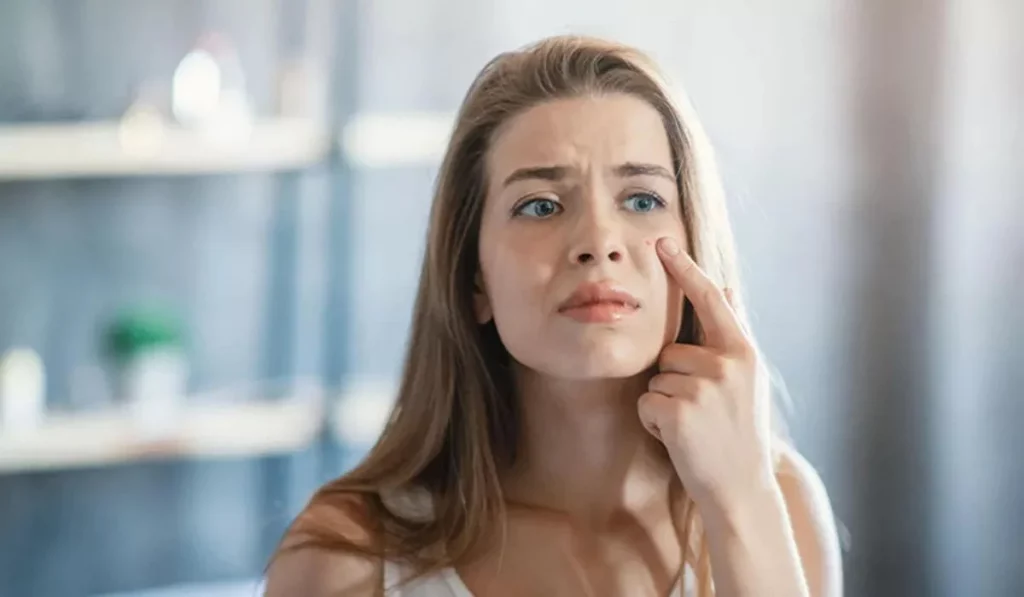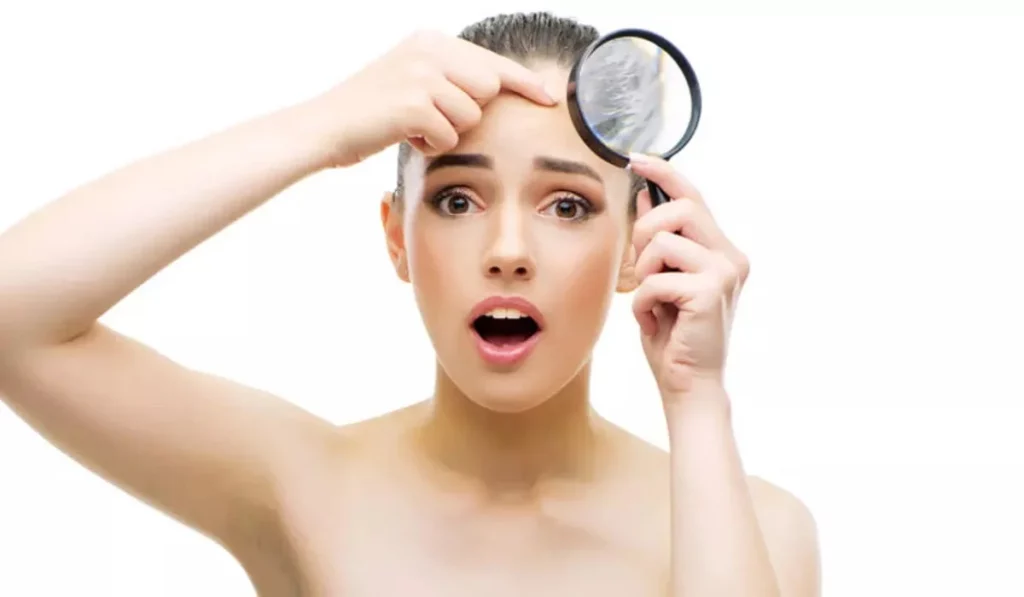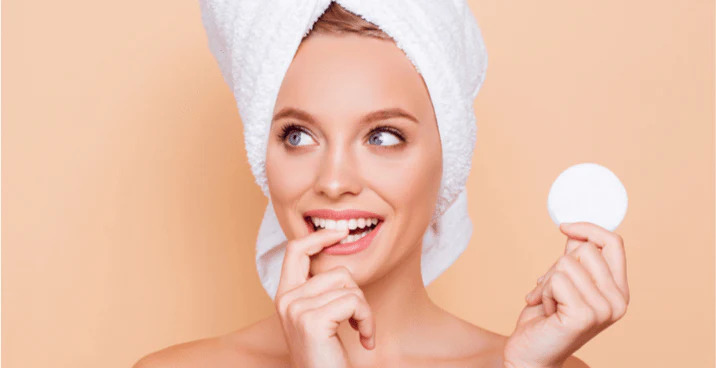Acne is more than just a skin condition; it’s a common struggle that affects millions worldwide. Whether you’re a teenager grappling with hormonal changes or an adult dealing with stress-induced breakouts, the quest for clear skin can seem endless. This guide dives deep into understanding acne, debunking myths, and providing a clear path to achieving and maintaining acne-free skin.

Understanding Acne Causes
Exploring the Root Causes of Acne
Acne is primarily caused by the overproduction of oil, clogged hair follicles, bacteria, and inflammation. Hormonal fluctuations, particularly during puberty, pregnancy, and certain periods of adult life, play a significant role. Genetics can also predispose individuals to acne, making some more likely to experience severe forms than others.
The Psychological Impact of Acne
The effects of acne extend beyond the skin. It can severely impact self-esteem and mental well-being, leading to social withdrawal, anxiety, and depression. Acknowledging this aspect is crucial for a holistic approach to acne treatment, emphasizing the importance of addressing both physical and psychological health.
The Science of Acne
Differentiating Types of Acne
Understanding the types of acne (such as blackheads, whiteheads, papules, pustules, and cystic acne) is fundamental in choosing the right treatment. Each type has unique characteristics and requires specific approaches to treatment.
Unpacking the Causes of Acne
The formation of acne involves complex biological processes, including the overproduction of sebum, proliferation of acne-causing bacteria, and inflammation of the skin. Lifestyle factors, such as diet and stress, can exacerbate these processes.
Myths vs. Facts About Acne
Debunking Common Acne Myths
There are numerous myths surrounding acne, such as the idea that chocolate and greasy foods cause breakouts, or that sun exposure can cure acne. It’s vital to separate myth from fact to avoid counterproductive treatment efforts.
The Truth Behind Home Remedies
While some home remedies may offer mild benefits, others can aggravate the skin. Understanding which natural ingredients are scientifically backed is key to incorporating them safely into your skincare routine.
Essential Skincare Routines
Crafting a Daily Skincare Routine
A gentle yet effective skincare routine is paramount for managing acne-prone skin. This includes cleansing, moisturizing, and applying treatments that target acne without over-drying or irritating the skin.
Key Products for Your Skincare Arsenal
Certain ingredients, such as salicylic acid, benzoyl peroxide, and retinoids, are proven to combat acne. Understanding these ingredients and their proper use is essential for curating an effective skincare regimen.
Professional Treatments for Acne
Recognizing When to Consult a Dermatologist
Knowing when to seek professional help can save time and prevent scarring. Dermatologists can offer personalized advice, prescribe medications, and recommend treatments like chemical peels and laser therapy.
Overview of Popular Acne Treatments
There’s a range of professional treatments available for acne, including prescription-strength topical and oral medications, light therapy, and dermatological procedures. Each has its benefits and suitability depending on the type and severity of acne.

Natural Remedies and Their Efficacy
Evaluating DIY Natural Solutions
Natural remedies can be a supplementary approach to acne treatment. Ingredients like tea tree oil and green tea have shown promise in reducing inflammation and acne severity.
Balancing Natural Remedies with Scientific Evidence
While natural remedies can be appealing, it’s important to approach them with caution and understand that they may not work for everyone. Integrating them with conventional treatments under the guidance of a healthcare professional is advisable.
Diet and Lifestyle Changes for Clear Skin
Nutritional Adjustments for Acne Reduction
Emerging research suggests a link between diet and acne. Diets high in sugar and dairy have been associated with increased acne risk, while a diet rich in fruits, vegetables, and omega-3 fatty acids might help reduce breakouts.
Lifestyle Modifications to Support Skin Health
Stress management, regular exercise, and sufficient sleep can positively impact skin health and reduce the severity of acne. These lifestyle changes, combined with proper skincare, can lead to significant improvements.
Understanding Skincare Products
Navigating Ingredients for Acne-Prone Skin
Choosing the right skincare products involves understanding which ingredients are beneficial and which could potentially cause irritation or worsen acne. Labels like “non-comedogenic” and “oil-free” can be helpful indicators.
The Importance of Over-the-Counter Products
Over-the-counter acne treatments can be effective for mild to moderate acne. Products containing active ingredients like salicylic acid and benzoyl peroxide can reduce pimples and prevent new ones from forming.
Preventing Acne Scars and Marks
Proactive Measures Against Scarring
Preventing acne scars begins with effective acne management. Avoiding picking or popping pimples and incorporating products that promote skin healing can minimize the risk of scarring.
Options for Treating Existing Scars
For those already dealing with acne scars, treatments such as laser therapy, microneedling, and chemical peels can improve the skin’s appearance. Consulting with a dermatologist is crucial for choosing the most appropriate treatment.
The Role of Stress in Acne
Understanding the Link Between Stress and Acne
Stress can exacerbate acne by triggering hormonal fluctuations and increasing inflammation. Managing stress through relaxation techniques, exercise, and adequate rest is an important aspect of acne treatment.
Stress Management Techniques for Better Skin
Practices such as mindfulness, yoga, and meditation can help reduce stress levels, potentially leading to clearer skin. These techniques, combined with a comprehensive skincare routine, can amplify the benefits.
Goodbye Acne, Hello Clean Skin!
Embracing a Comprehensive Approach to Clear Skin
Achieving clear skin is a multifaceted journey that involves understanding the underlying causes of acne, debunking myths, and adopting a tailored skincare routine. This guide offers a roadmap to navigate the complex landscape of acne treatment, empowering you to take control of your skin health.
A Lifelong Commitment to Skin Health
Saying “Goodbye Acne, Hello Clean Skin” is not just about treating acne; it’s about embracing a lifestyle that promotes overall skin health. With dedication, patience, and the right approach, achieving and maintaining clear skin is within reach.
Remember, clear skin starts with understanding, evolves with care, and lasts with commitment. Embrace your journey to acne-free skin with confidence, armed with the knowledge and strategies outlined in this guide.
- What are the primary causes of acne?
- How can diet affect acne?
- What are the best skincare practices for acne-prone skin?
- Are there effective natural remedies for acne?
- When should I consider prescription acne treatment?
- How can I prevent acne scars?







